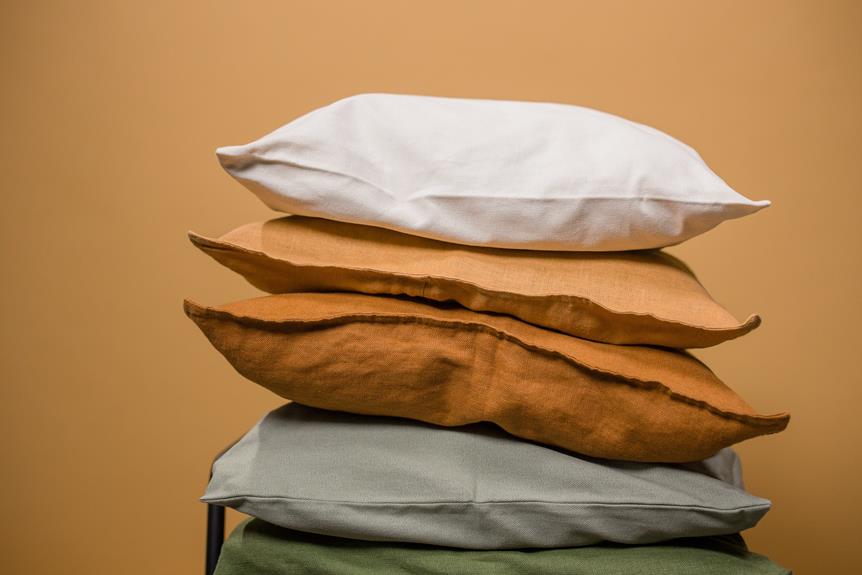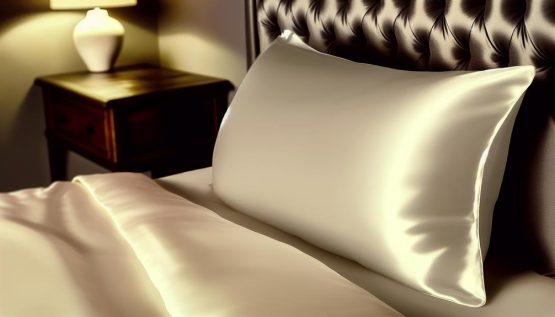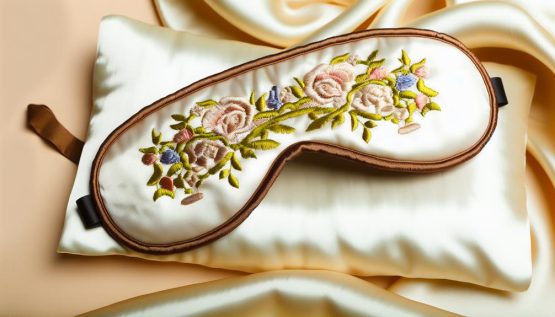Like a gentle breeze on a warm summer night, the debate between linen and cotton pillowcases swirls in the air, captivating our senses and leaving us yearning for answers. Which fabric reigns supreme in the realm of breathability and coolness for a restful slumber?
As we embark on this exploration, we will uncover the unique qualities of linen and cotton, examining their weight, absorbency, softness, and durability. With each revelation, we inch closer to unraveling the mystery and discovering the perfect pillowcase that will cradle us in comfort and keep us cool throughout the night.
Differences in Breathability
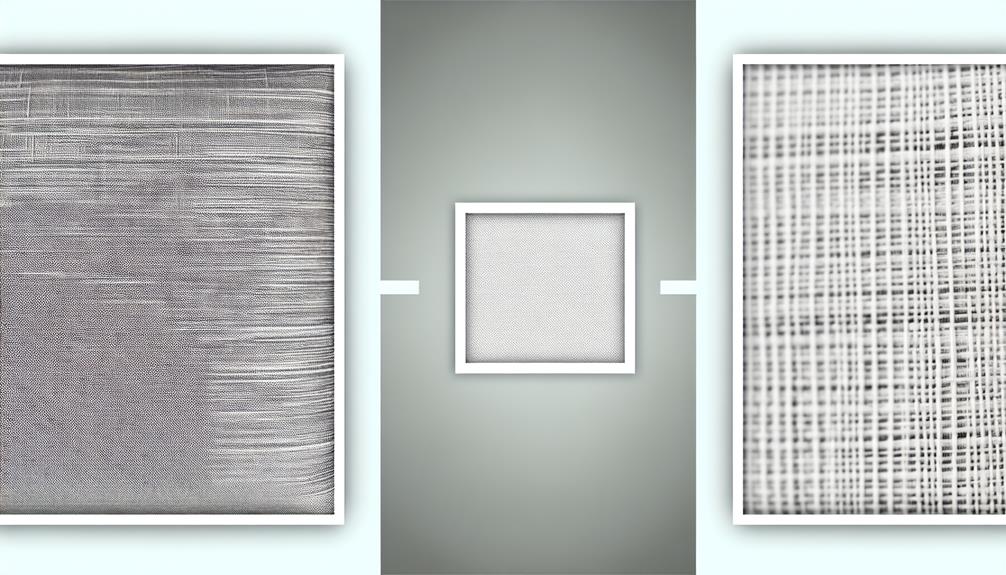
When it comes to breathability, linen and cotton pillowcases have distinct differences that make each fabric suitable for different preferences and needs.
Linen, being lightweight and highly absorbent, allows for better airflow, keeping you cool and comfortable throughout the night. The fabric’s natural moisture-wicking properties help to regulate body temperature, preventing sweat and humidity buildup.
Cotton, on the other hand, is softer to the touch and provides a more breathable experience. It allows air to circulate freely, creating a cooling effect. While linen excels in moisture absorption, cotton is known for its softness and flexibility.
Affordability and Pricing
Moving on to the topic of affordability and pricing, it’s important to consider the cost differences between linen and cotton pillowcases. When it comes to value for money, cotton pillowcases are generally more affordable than their linen counterparts.
This is mainly due to the easier manufacturing process of cotton, which allows for a lower price point. Cotton, being a popular choice for bedding, offers an accessible option for those seeking comfort without breaking the bank.
On the other hand, linen is considered a luxury fabric and is priced higher than cotton. Its difficult manufacturing process and the superior qualities it possesses contribute to its higher price tag.
Softness and Texture
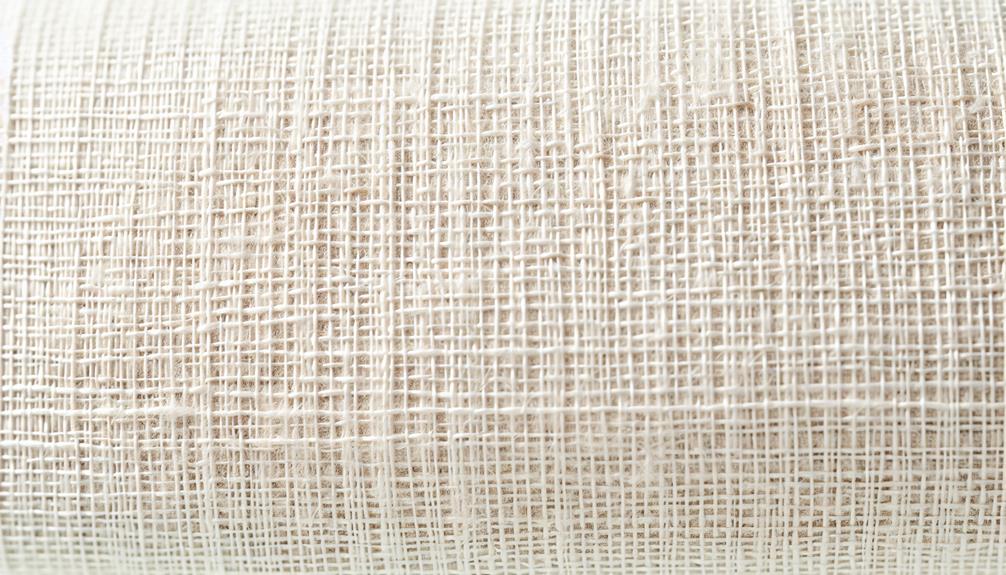
Softness and texture are key factors to consider when choosing between linen and cotton pillowcases. Here are some points to help you make an informed decision:
- Cotton is known for its softness and flexibility, making it a popular choice for those who desire a cozy and comfortable feel against their skin.
- Linen, on the other hand, can feel rough initially, but it softens over time, especially after multiple washes. Its unique texture adds a touch of luxury and sophistication to your bedding.
- Both fabrics are rougher than silk, which is the softest fabric available. However, the softness of cotton can be enhanced by choosing a higher thread count.
- When it comes to texture, cotton offers a smoother and more supple feel, while linen has a slightly coarser texture due to its thicker weave pattern.
Ultimately, the choice between linen and cotton pillowcases boils down to personal preference. Whether you prioritize softness or texture, both fabrics offer their own unique benefits for a comfortable and liberating sleep experience.
Wrinkling and Maintenance
To maintain a wrinkle-free appearance and ensure longevity, proper care and maintenance are essential for both linen and cotton pillowcases. While both fabrics are prone to wrinkling, linen tends to have more wrinkles overall due to its stiffness. Cotton, on the other hand, wrinkles less compared to linen. However, both linen and cotton pillowcases may require ironing to remove wrinkles.
In terms of maintenance, linen and cotton have different needs. Linen should be washed in cold water and air-dried to prevent shrinkage and maintain its shape. It may also benefit from occasional steam ironing to keep it looking crisp. Cotton, on the other hand, can be machine-washed and tumble-dried on low heat. It is important to follow the care instructions provided by the manufacturer to ensure the longevity of both linen and cotton pillowcases.
To help you understand the differences in wrinkle-prone nature and maintenance between linen and cotton pillowcases, we have created the following table:
| Linen Pillowcases | Cotton Pillowcases | |
|---|---|---|
| Wrinkling | More prone to wrinkles due to stiffness | Wrinkles less compared to linen |
| Maintenance | Cold water wash, air-dry, occasional steam ironing | Machine-wash, tumble-dry on low heat |
Proper care and maintenance will not only keep your pillowcases looking their best but also help them last longer, allowing you to enjoy the benefits of both linen and cotton for a liberating sleep experience.
Durability and Longevity
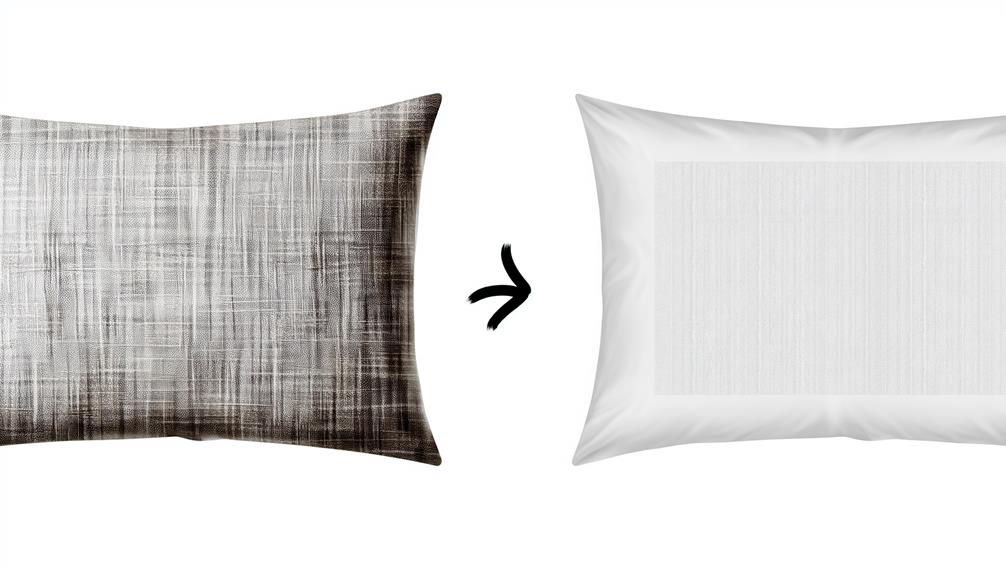
Durability and longevity are key factors to consider when comparing the performance of linen and cotton pillowcases. Here are four important points to keep in mind:
- Linen, made from flax fibers, is known for its exceptional durability. The sturdy nature of flax fibers allows linen bedding to last for decades, making it a wise investment for long-term use.
- Cotton, on the other hand, is also a durable fabric, but it doesn’t match the strength and longevity of linen. While Egyptian cotton is renowned for its durability, linen’s thick weave pattern gives it an edge in terms of overall durability.
- Silk, though not the focus of this comparison, deserves mention as it’s generally stronger and more elastic than linen. However, silk pillowcases are often more expensive and may not provide the same breathability and coolness as linen or cotton.
- In terms of longevity, both linen and cotton pillowcases can be long-lasting with proper care. Regular washing and gentle handling can help maintain the quality of both fabrics, ensuring that they continue to provide comfort and support for years to come.
When considering durability and longevity, linen emerges as the winner, surpassing cotton in terms of strength and lasting power.
Frequently Asked Questions
How Do Linen and Cotton Pillowcases Differ in Terms of Breathability and Coolness for Sleep?
Linen and cotton pillowcases differ in terms of breathability and coolness for sleep.
Linen is known for being more breathable and absorbent than cotton, making it a great choice for those who tend to get hot during sleep.
Cotton, on the other hand, is softer to the touch and already soft after weaving.
Both fabrics have their own advantages, but if you prioritize breathability and coolness, linen pillowcases might be the better option for you.
What Are the Factors That Contribute to the Price Difference Between Linen and Cotton Pillowcases?
There are several factors that contribute to the price difference between linen and cotton pillowcases.
Firstly, linen is more expensive than cotton due to its difficult manufacturing process. Linen also has a thicker weave pattern, making it more durable and long-lasting compared to cotton. Additionally, linen is considered a luxury fabric, which adds to its higher price point.
On the other hand, cotton is usually more affordable because of its easier manufacturing process.
Which Fabric, Linen or Cotton, Is Softer and More Comfortable to Sleep On?
Linen and cotton both have their own unique qualities, but when it comes to softness and comfort for sleep, cotton takes the crown.
Cotton is softer to the touch and has more flexibility and stretch than linen. While linen sheets may feel softer after multiple washes, cotton starts off soft right from the beginning.
Do Linen and Cotton Pillowcases Wrinkle Easily? How Can They Be Maintained to Minimize Wrinkles?
Linen and cotton pillowcases can both wrinkle easily, although linen tends to have more wrinkles due to its stiffness. To minimize wrinkles, it’s important to properly maintain both fabrics.
For linen, ironing can help remove wrinkles, while cotton may require less ironing. Additionally, washing both fabrics in cold water and using a gentle cycle can help prevent excessive wrinkling. Properly drying and storing the pillowcases can also help minimize wrinkles and keep them looking fresh.
Which Fabric, Linen or Cotton, Is More Durable and Long-Lasting for Pillowcases?
Linen and cotton are both durable options for pillowcases.
Linen, made from flax fibers, has a thick weave pattern that gives it extra strength and longevity.
Cotton, on the other hand, is known for its softness and flexibility.
While linen may take longer to soften after weaving, both fabrics can withstand years of use.
Conclusion
In conclusion, when it comes to choosing pillowcases that are breathable and cool for sleep, both linen and cotton have their unique advantages.
Linen offers excellent breathability and temperature regulation, making it a great choice for those who tend to get hot during the night.
On the other hand, cotton provides a soft and comfortable feel, ideal for those who prioritize comfort above all else.
Ultimately, the decision between linen and cotton pillowcases comes down to personal preference and specific sleep needs.

